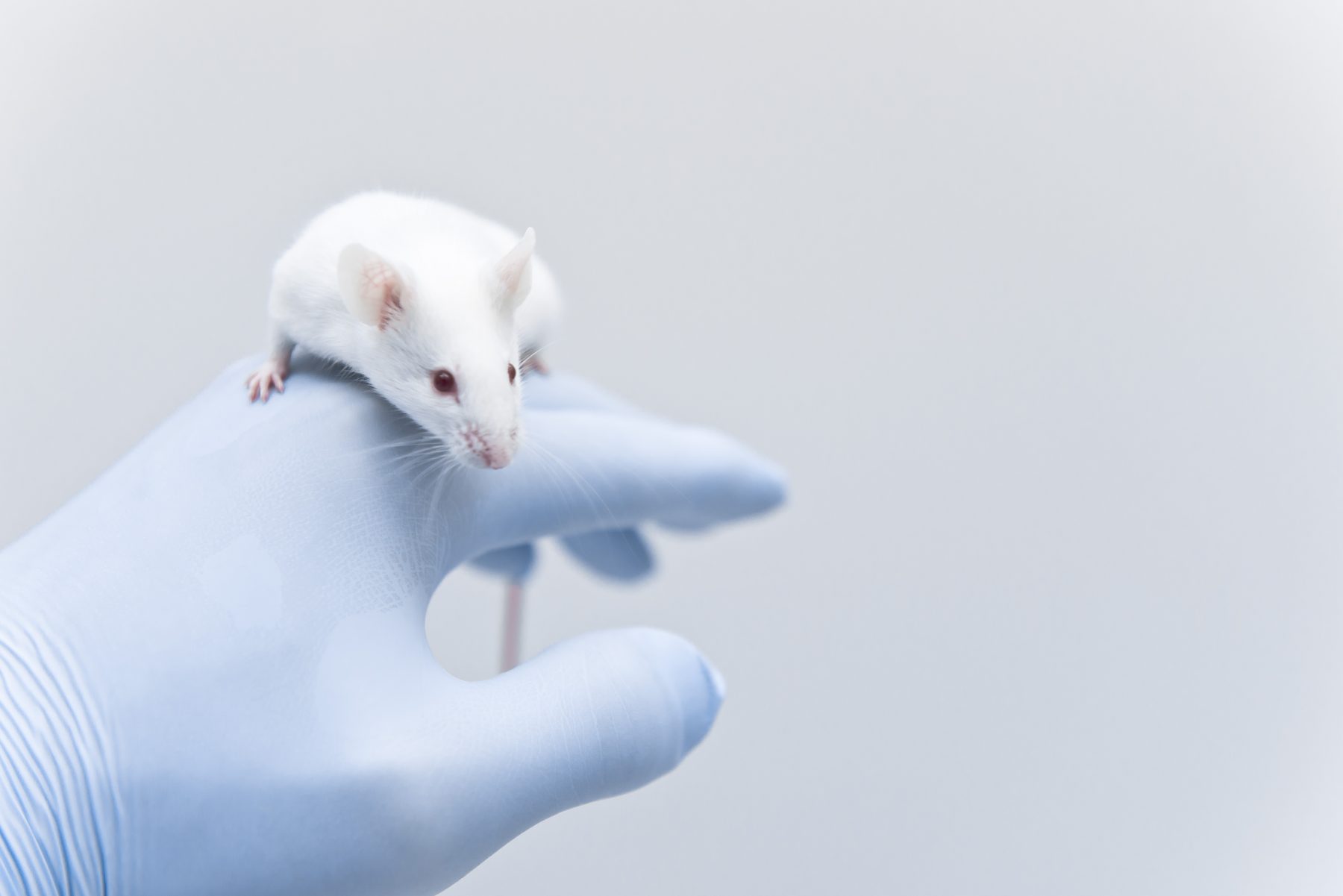Blocking PDIA3 Protein Can Lessen Lung Fibrosis in PF Mouse Model

unoL/Shutterstock
A protein called PDIA3 is overactive in pulmonary fibrosis (PF), and contributes to the disease by driving the production of signaling molecules that promote tissue scarring, a new study shows.
The researchers found that blocking PDIA3 activity can lessen such fibrosis, or tissue scarring, in a mouse model of induced PF.
These results suggest that PDIA3 and other associated proteins may be promising targets for the development of new PF therapies, according to investigators.
The study, “Inhibition of PDIA3 in club cells attenuates osteopontin production and lung fibrosis,” was published in the journal Thorax.
PDIA3 is a chaperone protein — a type of protein that helps ensure that other proteins are correctly folded so that they can function properly. Cells normally increase such protein levels in response to certain types of stress, and PDIA3 activity is known to regulate the production of some signaling molecules that promote fibrosis.
Recent studies have suggested that PDIA3 is overactive in several diseases, ranging from Alzheimer’s to colon cancer. Now, a team led by researchers at the University of Vermont set out to explore whether it also is involved in PF.
The team first performed an analysis of publicly available databases, which indicated that PDIA3 RNA and protein levels were higher in the lungs of people with idiopathic pulmonary fibrosis (IPF), compared with those without the disease. Of note, RNA is the molecule that cells use as a template to produce proteins.
The results also showed a significant negative correlation between PDIA3 levels and lung function. In other words, individuals with higher protein levels tended to have a more severe lung function decline, as reflected by a reduction in forced vital capacity (FVC) and other lung function parameters. FVC specifically measures the total amount of air a person is able to exhale after a deep breath.
The researchers then turned to a mouse model of PF, which was triggered by exposing the animals to a chemical called bleomycin. They demonstrated that mice induced to develop PF had higher PDIA3 levels than those without the disease.
In particular, the team found that PDIA3 levels tended to be increased in certain lung cells that also contained high levels of another protein, called SCGB1A1, which had previously been implicated in PF.
In further experiments, the researchers treated the mice with a PDIA3-inhibiting chemical, called LOC14, or genetically modified them so that they lacked the protein specifically in club cells — a subset of lung cells that normally produce SCGB1A1. In both cases, mice developed fibrosis to a lesser extent upon bleomycin administration, indicating that PDIA3 helps drive fibrosis progression in these models.
Finally, the team conducted a series of biochemical tests to gain insight into the mechanisms underlying these effects. The data showed that PDIA3 interacts with several pro-fibrotic signaling proteins, including SPP1, which also is known as osteopontin.
The levels of osteopontin or SPP1 also were found to be increased in PF mice. Moreover, in the publicly available human datasets, SPP1 RNA levels were increased and associated with lung function decline in IPF patients, similar to PDIA3.
“SPP1 increases in a mouse model of fibrosis and IPF, along with lung function decline, suggests SPP1 as a potential modulator of lung fibrosis,” the researchers wrote.
The team then re-analyzed samples from their prior experiments and found that, when they had blocked PDIA3 activity — either with a chemical or through genetic engineering — SPP1 levels also decreased, along with lung scarring.
Furthermore, they showed that blocking SPP1 signaling with a specific antibody also was able to reduce lung fibrosis following bleomycin administration.
“Importantly, we demonstrate that therapeutic phase inhibition of PDIA3 or SPP1 significantly attenuates lung fibrosis in mice,” the researchers wrote.
“This report identifies PDIA3 and osteopontin as potential drug targets in lung fibrosis,” they concluded.









